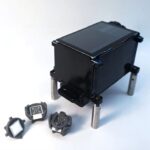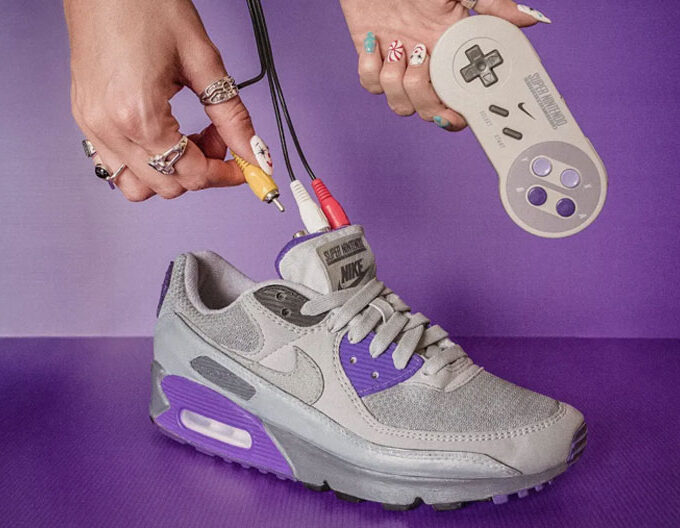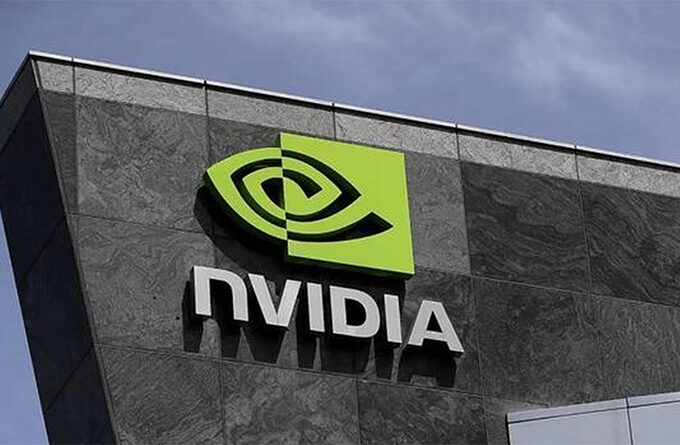Recently, Microsoft officially announced that it will completely withdraw from the HoloLens hardware business, ending its exploration and practice in the field of mixed reality. Microsoft stopped producing HoloLens 2 headsets last year, and support for existing customers will continue until the end of 2027. Although the company still has some cooperation contracts with the US military, the prospects of the entire department are not optimistic.
Robin Seiler, chief product officer of Microsoft Mixed Reality, confirmed in a statement that the company will no longer release any HoloLens headsets in the future. The executive commented that it is transitioning from hardware development, but will continue to support HoloLens 2 hardware and software until 2027, as announced in October last year, working on the IVAS project (the US Army’s Integrated Visual Augmentation System), and will shift its focus to cloud and artificial intelligence technologies, which will become the basis of IVAS as a situational awareness platform.
Microsoft’s Transformation
HoloLens is an augmented reality (AR) headset launched by Microsoft in 2016, designed to provide a more immersive user experience through mixed reality technology. HoloLens 2 has made many improvements on its basis. The device is equipped with a high-resolution display and provides a 110-degree field of view, allowing users to experience seamless holographic images. Its built-in processor is powerful, allowing applications to run smoothly. At the same time, HoloLens 2 is also equipped with high-precision eye tracking and gesture recognition technology, which further enhances the user’s interactive experience.
However, despite the technical innovation of HoloLens 2, its market performance is not satisfactory. Especially in comparison with competitors such as Magic Leap and Meta’s products, HoloLens faces tremendous pressure. Due to changes in market demand and the readjustment of strategic focus, Microsoft decided to withdraw from the HoloLens hardware business and instead focus resources on developing cloud computing and artificial intelligence (AI) technologies, hoping to use these cutting-edge technologies to reshape the next generation of situational awareness platforms.
In fact, Microsoft has been stuck in the quagmire of HoloLens in the past two years. For example, Alex Kipman, the former head of HoloLens, left the company in 2022 due to allegations of misconduct, and then in January 2023, he went through a large-scale layoff and changed his “hardware portfolio”. In addition, the HoloLens 2 team was also affected by another round of layoffs at Microsoft earlier last year.
Microsoft’s AR Headset Needs a More Appropriate Development Direction
The failure of HoloLens has triggered people’s thinking about the future of mixed reality technology. In the past, Microsoft was confident about the prospects of HoloLens and believed that it would change the way of working in all walks of life. But today’s facts show that mixed reality devices are still in the early stages of technological maturity, especially in the application promotion of education, medical care, industry and other industries, market cognition and actual needs are not fully connected.
With the development of the times, AI technology is also constantly evolving, especially the development of tools such as AI painting and AI writing, which have given people new experiences in creative work. Through deep learning and neural networks, such AI tools can quickly generate high-quality images or texts, becoming an important assistant for creators. For example, AI painting tools can automatically generate works based on keywords entered by users, and AI writing tools can assist users in writing articles and stories, which improves the work efficiency and inspiration of creators.
On the other hand, Microsoft’s withdrawal from HoloLens may show a broader industry trend: in today’s rapid development of AI and cloud computing, the core competitiveness of technology lies not only in hardware innovation, but also in the continuous construction of ecosystems and the improvement of software capabilities. In the future, whether in the fields of AR, VR or AI, companies need to maintain a more open and adaptive attitude and actively explore the path of product development that combines with user application scenarios.
In summary, the withdrawal of Microsoft HoloLens does not mean the demise of mixed reality, but rather indicates that this field needs to find a more suitable development direction. In this transformation process, how to combine AI technology with specific application cases will be the key to future technological development. At the same time, related industries also need to learn from it and find the best product and market entry points to maintain competitive vitality in the rapidly changing technological wave.












